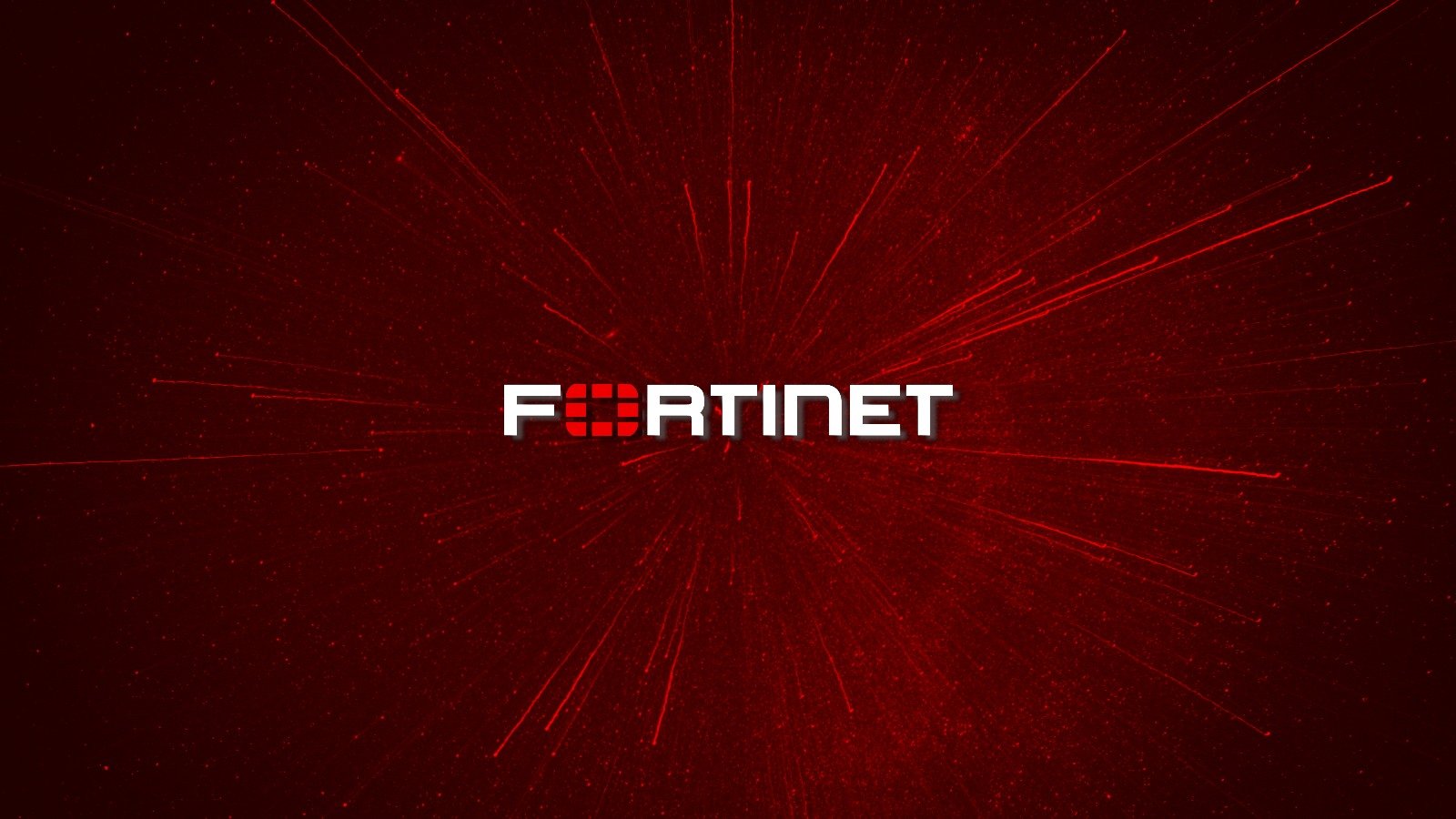CatB is a reasonably new entrant to the ransomware field, with samples only dating back to December 2022. The CatB threat actor does not offer a web portal (on TOR or otherwise) to name and shame victims.
Fortinet has released security updates for its FortiNAC and FortiWeb products, addressing two critical-severity vulnerabilities that may allow unauthenticated attackers to perform arbitrary code or command execution.
A majority of the victims are located in Taiwan, China, and Hong Kong, followed by Malaysia, Japan, the Philippines, Thailand, Singapore, Indonesia, and Myanmar. The attackers’ end goals are unclear as yet.
A number of experiments suggest ChatGPT could be useful to help defenders triage potential security incidents and find security vulnerabilities in code, even though it was not specifically trained for such activities, according to recent studies.
A threat group called SiegedSec recently posted a cache of employee and operations information allegedly stolen from software workforce collaboration tool provider Atlassian.
With a reliance on volunteers and committed contributors to manage vulnerabilities in the open-source ecosystem, there are often disparities in the extent to which codes are maintained, if at all.
The discovery was made by Cybernews, who found an open ElasticSearch instance containing 22 million log entries referencing usernames, including individual users and business accounts.
Minerva Labs discovered a brand-new piece of stealthy malware known as Beep. Through this, malware authors were attempting to use as many anti-debugging and anti-VM (anti-sandbox) strategies as they could uncover. Beep is meant to evade detection and extract and launch additional payloads—via a technique called process hollowing—on a compromised system.
Inglis, who spent 28 years at the NSA, including as a top deputy of the spy agency, has reportedly recommended that the White House nominate Kemba Walden as the new National Cyber Director.
WIP26 is characterized by the abuse of public Cloud infrastructure – Microsoft 365 Mail, Microsoft Azure, Google Firebase, and Dropbox – for malware delivery, data exfiltration, and C2 purposes.









